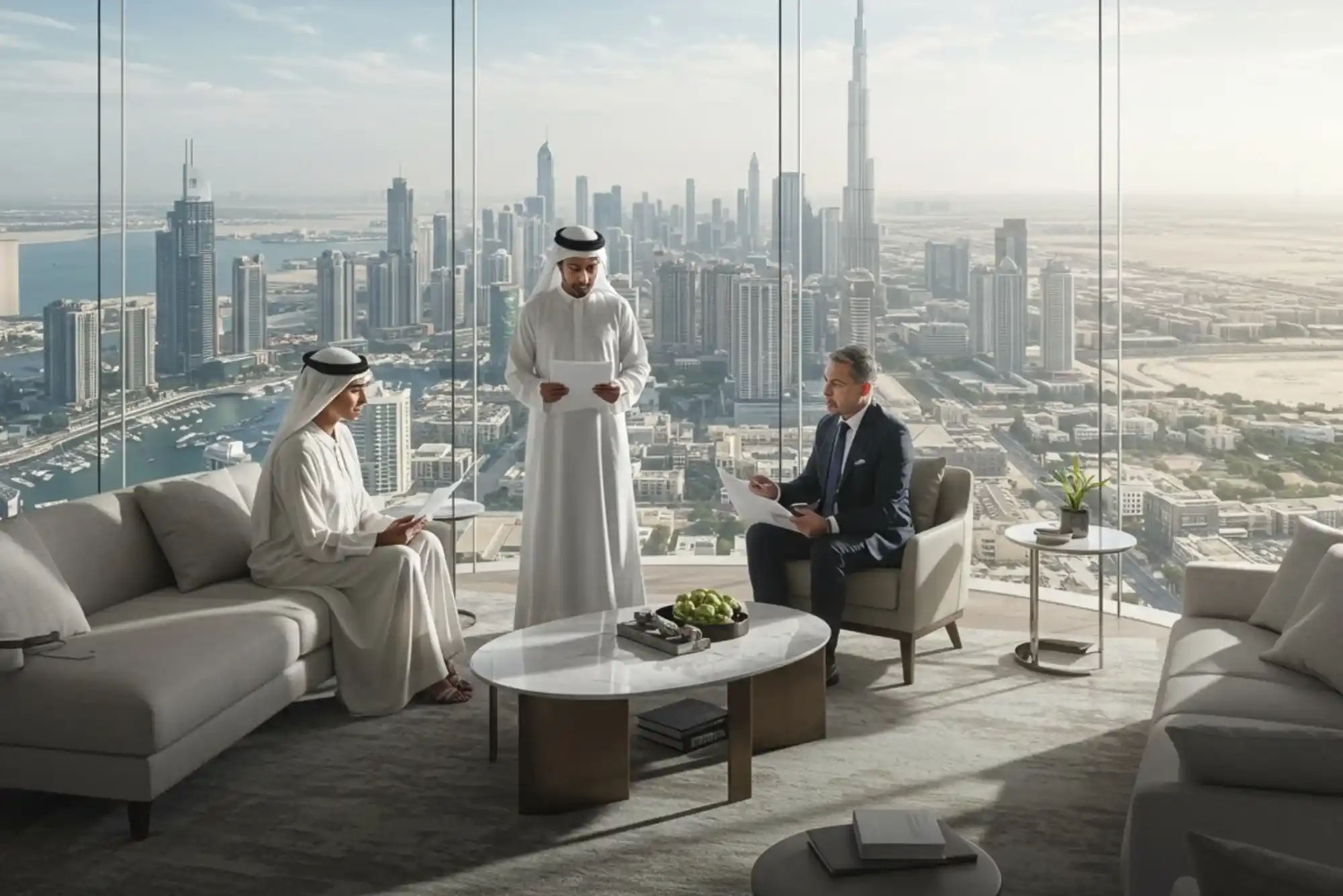Trends & Highlights
Arab Fashion Week in Dubai is a major event in the global fashion calendar, bringing together designers, models, and fashion enthusiasts from around the world. The 2018 edition of Arab Fashion Week showcased an array of talent and innovation, setting the stage for future trends and styles in the fashion industry. Let’s delve into the key highlights and trends that defined this spectacular event.
The Venue: A Stunning Backdrop
The 2018 Arab Fashion Week was held at the prestigious Dubai Design District (d3), a hub for creativity and innovation in the Middle East. The venue provided a modern and stylish backdrop that complemented the cutting-edge designs on display. The combination of artistic installations and sleek architecture created an immersive environment for attendees.
Notable Designers and Collections
One of the standout features of Arab Fashion Week Dubai 2018 was the diverse array of designers showcasing their collections. Here are some of the notable participants:
Zuhair Murad
Lebanese designer Zuhair Murad is known for his glamorous and intricate designs. His collection for 2018 included stunning evening gowns adorned with detailed embroidery and luxurious fabrics. The designs exuded elegance and sophistication, making a significant impact on the runway.
Rami Kadi
Rami Kadi’s collection was a celebration of modern femininity, featuring bold colors and unique silhouettes. His use of innovative materials and intricate detailing set a new standard for contemporary fashion. Kadi’s designs resonate with the younger generation, blending tradition with modern aesthetics.
Dima Ayad
Dima Ayad presented a collection that embodied empowerment and confidence. Her designs, characterized by vibrant prints and flattering cuts, catered to women of all shapes and sizes. The collection emphasized inclusivity and individuality, resonating deeply with the audience.
Emerging Talents
In addition to established designers, Arab Fashion Week 2018 highlighted emerging talents from the region. This initiative is crucial for fostering new voices in the fashion industry. Young designers were given a platform to showcase their unique perspectives, reflecting the rich cultural tapestry of the Arab world.
Mohammed Ashi
Saudi designer Mohammed Ashi was one of the emerging stars, known for his avant-garde creations. His collection featured bold patterns and unconventional shapes, pushing the boundaries of traditional fashion. Ashi’s innovative approach garnered significant attention, marking him as a designer to watch in the future.
Mashael Al-Ali
Mashael Al-Ali’s designs drew inspiration from her Saudi heritage, integrating traditional elements into contemporary fashion. Her work emphasized the importance of cultural identity, resonating with both local and international audiences. Al-Ali’s collection showcased the potential of combining heritage with modern design principles.
The Role of Technology in Fashion
Arab Fashion Week 2018 embraced technology as a means to enhance the fashion experience. From virtual reality presentations to live-streamed runway shows, the event incorporated innovative tech solutions to engage a broader audience. Designers utilized 3D printing and digital designs to create unique pieces that pushed the envelope of fashion.
Augmented Reality Experiences
Some designers introduced augmented reality (AR) experiences, allowing attendees to interact with collections in real-time. This integration of technology into fashion not only enhanced the visual appeal but also provided a deeper understanding of the designs and their inspirations.
Social Media Influence
Social media played a crucial role in promoting Arab Fashion Week 2018. Influencers and fashion bloggers covered the event extensively, sharing live updates, behind-the-scenes content, and interviews with designers. The event trended on platforms like Instagram and Twitter, reaching a global audience and increasing its impact.
Key Trends from Arab Fashion Week 2018
Several trends emerged from Arab Fashion Week 2018, shaping the future of fashion in the region. Here are some key takeaways:
Bold Colors and Patterns
Designers embraced bold colors and striking patterns, moving away from minimalist aesthetics. Vibrant hues and intricate designs dominated the runway, reflecting a sense of optimism and creativity.
Sustainable Fashion
There was a noticeable shift towards sustainable fashion practices. Many designers focused on eco-friendly materials and ethical production methods, emphasizing the importance of sustainability in the industry. This trend is expected to grow as consumers become more environmentally conscious.
Cultural Fusion
A rich blend of cultural influences characterized the collections, showcasing the diversity of the Arab world. Designers drew inspiration from traditional motifs and modern styles, creating unique pieces that celebrate cultural heritage.
A Bright Future for Arab Fashion
Arab Fashion Week Dubai 2018 was a testament to the region’s growing influence in the global fashion landscape. The event not only highlighted established designers but also provided a platform for emerging talent, fostering creativity and innovation. As the industry continues to evolve, it is evident that Arab fashion is on a path toward greater recognition and respect on the international stage.
With its emphasis on cultural richness, technological advancements, and sustainability, Arab Fashion Week 2018 set the tone for future trends, ensuring that the region remains at the forefront of the fashion world. The blend of tradition and modernity in the designs showcased during this event is a promising indicator of the creativity that lies ahead in the Arab fashion industry.
FAQs
Q: What made Arab Fashion Week Dubai 2018 unique?
A: The event was the world’s first floating fashion week, held aboard the historic Queen Elizabeth 2 ship, and featured 21 fashion shows with designers from around the globe.
Q: Which designers participated in the 2018 edition?
A: Notable participants included Amato Couture, Aiisha Ramadan, Laura Mancini, and Malliny, among others.
Q: How did the event impact Dubai’s fashion industry?
A: It reinforced Dubai’s status as a global fashion hub, attracting over 15,000 visitors and facilitating international collaborations within the industry.
Q: Was this the first Arab Fashion Week held in 2018?
A: No, prior to the Dubai event, the first-ever Arab Fashion Week in Saudi Arabia took place in Riyadh in April 2018.
Q: What is the Arab Fashion Council?
A: The Arab Fashion Council is the organizing body behind Arab Fashion Week, dedicated to promoting the fashion industry in the Arab world.




